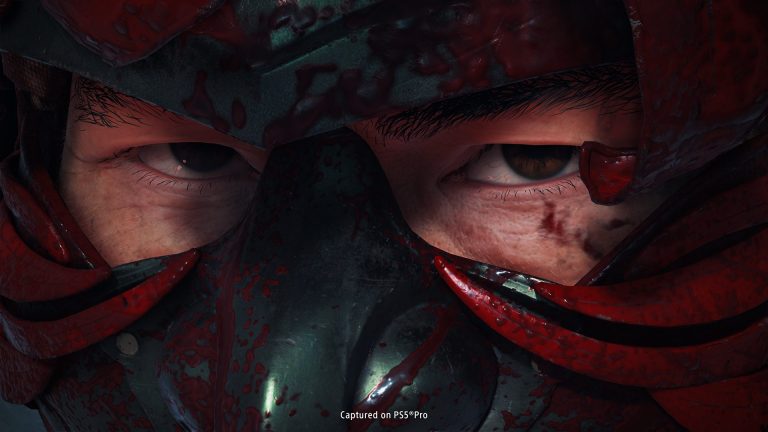Hip disorders, comprising some of the world’s most common joint diseases, are especially prevalent among adolescents and young adults, causing stiffness, pain or a limp. But they can be hard to diagnose using solely 2D medical imaging.
Helping to treat these disorders, the Boston Children’s Hospital’s (BCH’s) Adolescent and Young Adult Hip Preservation Program is the U.S.’s first to deploy a fully automated AI tool across its clinic.
Called VirtualHip, the tool can create a 3D model of a hip from routine medical images, assess anatomy and movement-related issues, and provide clinicians with diagnostic and treatment guidance. It was built at an orthopedic research lab at BCH, Harvard Medical School’s primary pediatric hospital, using the NVIDIA DGX platform.
A team of 10 researchers are working on the project, funded in part by an NVIDIA Academic Hardware Grant, including engineers, computer scientists, orthopedic surgeons, radiologists and software developers.
“Using AI, clinicians can get more value out of the clinical data they routinely collect,” said Dr. Ata Kiapour, the lab’s principal investigator, director of the musculoskeletal informatics group at BCH and assistant professor of orthopedic surgery at Harvard Medical School. “This tool can augment their performance to make better choices in diagnosis and treatment, and free their time to focus on giving patients the best care.”
Getting Straight to the Joint
Often, clinicians must determine a treatment plan — with levels of intervention ranging from physical therapy to total hip replacement — based on just a 2D image, such as an X-ray, CT scan or MRI. Automatically creating 3D models from these images, and using them to conduct comprehensive joint assessments, can help improve the accuracy of diagnosis to inform treatment planning.
“I started a postdoc with an orthopedic surgeon at BCH in 2013, when I saw how an engineer or scientist could help with patient treatment,” said Dr. Kiapour, who’s also trained as a biomedical engineer. “Over the years, I saw that hospitals have a ton of data, but efficient data processing for clinical use was a huge, unmet need.”
VirtualHip, fully integrated with BCH’s hip clinic and radiology database, helps to fill this gap.
Clinicians can log in to the software tool through a web-based portal, view and interact with 3D simulations of 2D medical images, submit analysis requests and see results within an hour — 4x quicker on average than receiving a radiology report after imaging.
The tool, which produces 3D models with a margin of error less than one millimeter, can assess morphological abnormalities and identify issues related to hip motion, such as pain from hip bones rubbing against each other.
VirtualHip was developed using a database with tens of millions of clinical notes and imaging data from patients seen at BCH over the past two decades. Using natural language processing models and computer vision algorithms, Dr. Kiapour’s team processed this data, training the tool to analyze normal versus pathologic hip development and identify factors influencing the injury risk and treatment outcomes.
This will enable VirtualHip to offer patient-specific risk assessment and treatment planning by comparing current patients to previously treated ones with similar demographic backgrounds.
“The hardware support that we got from NVIDIA made all of this possible,” Dr. Kiapour said. “DGX enabled advanced computations on more than 20 years’ worth of historical data for our fine-tuned clinical AI model.”
Clearer Explanations, Better Outcomes for Patients
In addition to assisting doctors in diagnosis and treatment planning, VirtualHip helps patients better understand their condition.
“When patients look at an X-ray, it doesn’t look like a real hip — but with a 3D model that can be rotated, the doctor can show exactly where the joints are impinging or unstable,” Dr. Kiapour said. “This lets the patient better understand their disorder, which usually makes them more compliant with whatever the doctor’s prescribing.”
This type of visualization is especially helpful for children and younger adults, Kiapour added.
The VirtualHip project is under continuous development, including work toward a patient-facing platform — using large language models and generative AI — for personalized analyses and treatment recommendations.
The BCH researchers plan to commercialize the product for use in other hospitals.
Subscribe to NVIDIA healthcare news.












